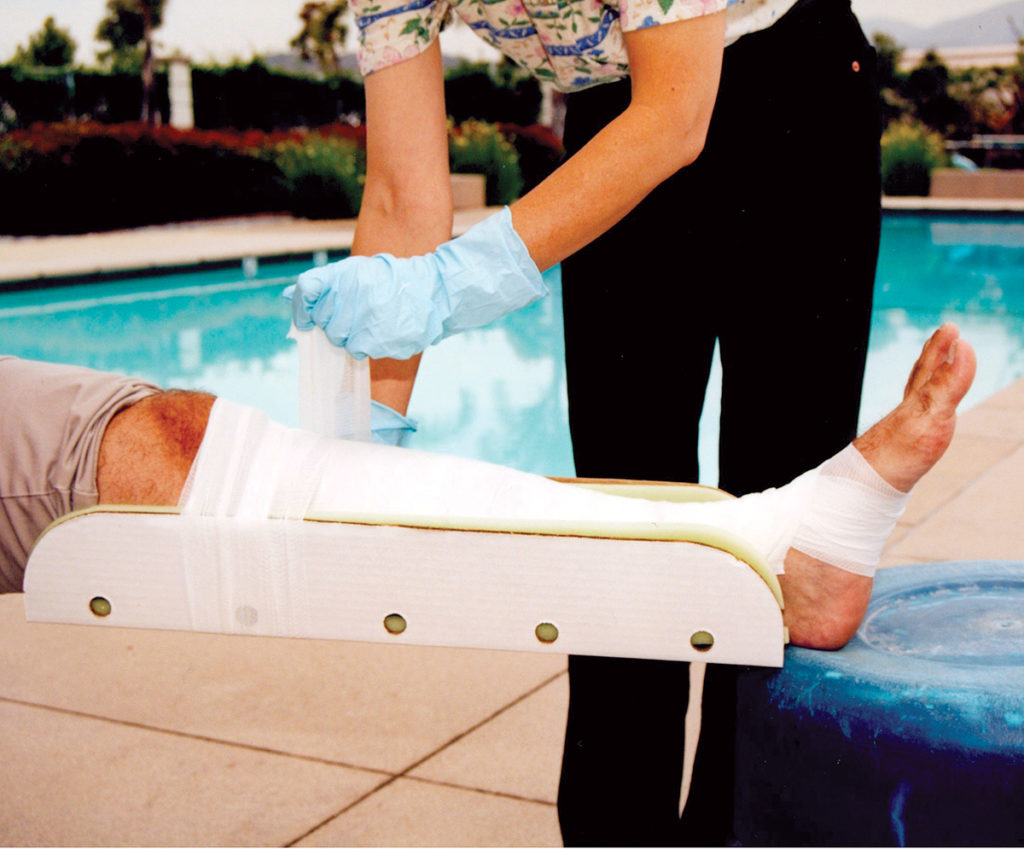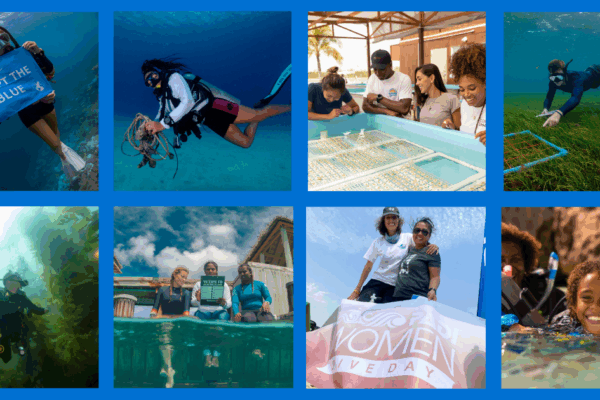Australia is home to some of the world’s deadliest snakes. Taipans, brown snakes, death adders and even sea snakes are all capable of causing fatalities amongst humans. It’s always appropriate to help people brush up on how to treat a snake bite. As part of every EFR™ Secondary Care course taught in Australia you should show your students the procedures for treating these bites.
The first step is to stop, assess and observe the scene. Is the snake still located in the area? Is there still risk that the snake could bite?
Remember to think and formulate an action plan. Once you have safely reached the patient, please remember to check for responsiveness and to alert Emergency Medical Services (EMS). If the patient is unresponsive, commence CPR.
If the patient is responsive, make sure you keep the patient calm and relaxed. It is important that the wound is not cleaned as any venom left remaining on the skin will help identify the snake at hospital. Begin to bandage over the bite, using the pressure immobilisation technique. An elastic bandage is preferred but any item of clothing could also be used. Then continue down the limb, trying to restrict the blood flow. This should be done over clothing where present. From the bite site, bandage down towards the fingers or toes before continuing back up, trying to bandage as much of the limb as possible.
When the bandage has been applied, splint the limb to further immobilise it. Keep the patient calm and relaxed and continue to monitor the patient using the Cycle of Care until EMS arrive.




